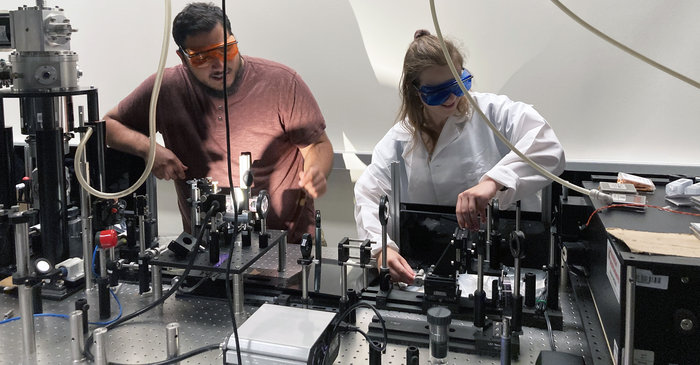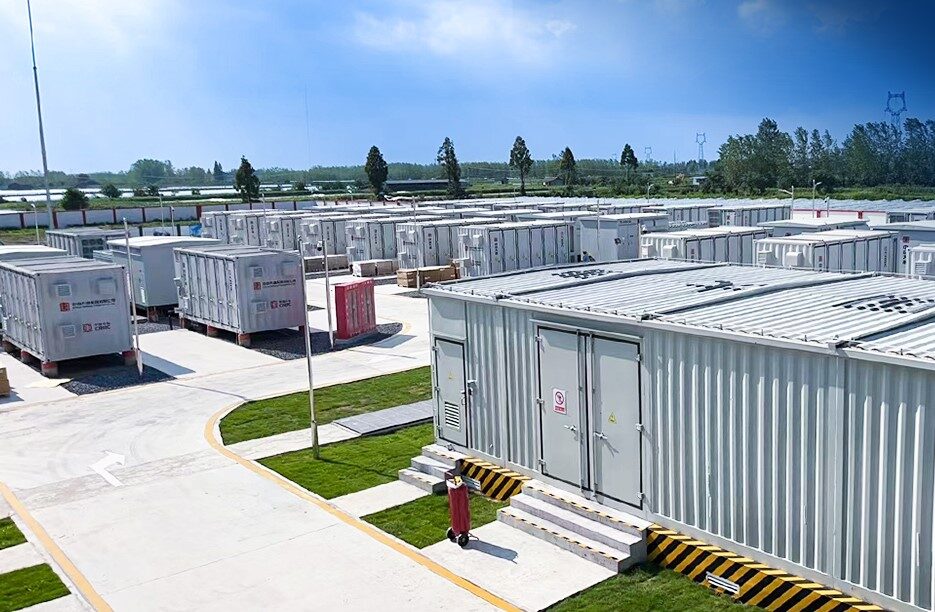The self-healing properties of perovskite solar cells, plus the fact that their well-publicized stability and yield issues are linked to moisture and oxygen exposure, could make them ideal candidates for space exploration, according to a group of US scientists.
Working from that theory, researchers from the University of Oklahoma, the National Renewable Energy Laboratory (NREL), and the University of North Texas examined techniques to test how conventional solar cells perform in space. They aimed to discover whether the same process would be appropriate for putting perovskite devices through their paces.
Not only did they discover the testing processes used for non-perovskite devices would not hold up with the alternative technology, they also found, in the words of one of the academics, that “the community in general is not testing them properly.”
In developing a set of perovskite-specific testing protocols for space use – published in the April 11 issue of Joule – the researchers found the perovskite cells lived up to their expectation of being able to withstand the sort of fierce radiation exposure they would face outside Earth's atmosphere. “But not for the reasons many believed,” according to University of Oklahoma physicist Ian Sellers, a co-author of the paper.
Rather than exposing the devices to high-energy particles, Sellers and his colleagues used lower-energy protons, which are prevalent in space and which could be halted in different parts of the perovskite cells.
The academics found perovskite devices are indeed “radiation hard” because they are soft and not very dense. While the radiation particles caused the cells to become disordered and damaged, the devices “will also very quickly settle, or heal, and go back to normal,” according to Sellers, who compared the process to water which has been disturbed returning to a still state.
The protocols developed by the academics, reported on EurekAlert this week, could pave the way for perovskite solar devices to be used in permanent installations on the moon, or even to be manufactured there. In addition, they could be deployed in intense radiation environments, such as Jupiter, and to power satellites in high-radiation polar orbits.
The research was led by Joseph Luther, senior scientist for chemical materials and nanoscience at NREL, in cooperation with former University of Oklahoma post-doctoral researcher Brandon Durant, now of the U.S. Naval Research Laboratory. They worked with NREL postdoc Ahmad Kirmani, NASA Glenn Research Center engineer Lyndsey McMillon-Brown, and Bibhudutta Rout, an associate professor in the department of physics at the University of North Texas at Denton.
This content is protected by copyright and may not be reused. If you want to cooperate with us and would like to reuse some of our content, please contact: editors@pv-magazine.com.




1 comment
By submitting this form you agree to pv magazine using your data for the purposes of publishing your comment.
Your personal data will only be disclosed or otherwise transmitted to third parties for the purposes of spam filtering or if this is necessary for technical maintenance of the website. Any other transfer to third parties will not take place unless this is justified on the basis of applicable data protection regulations or if pv magazine is legally obliged to do so.
You may revoke this consent at any time with effect for the future, in which case your personal data will be deleted immediately. Otherwise, your data will be deleted if pv magazine has processed your request or the purpose of data storage is fulfilled.
Further information on data privacy can be found in our Data Protection Policy.